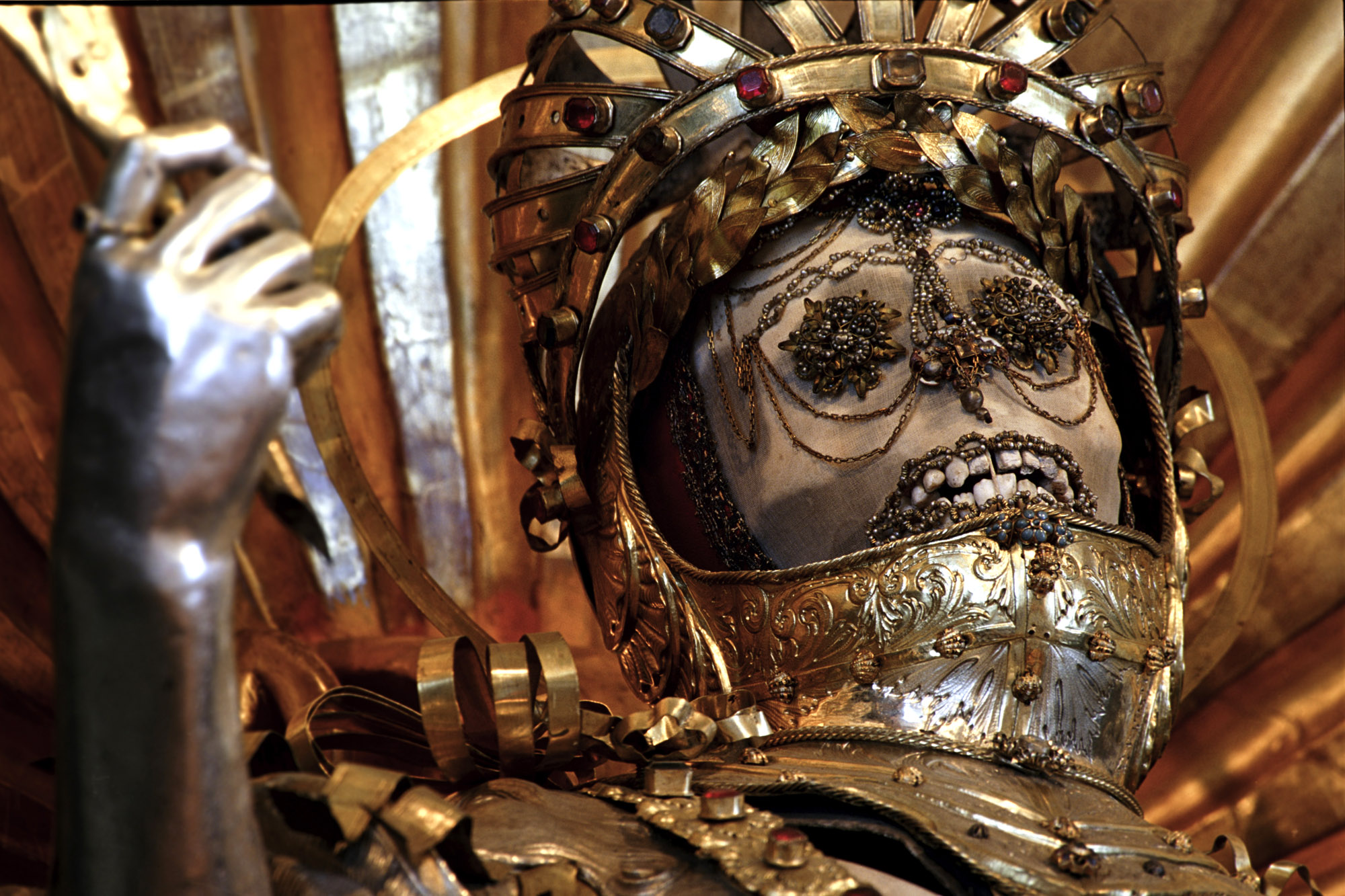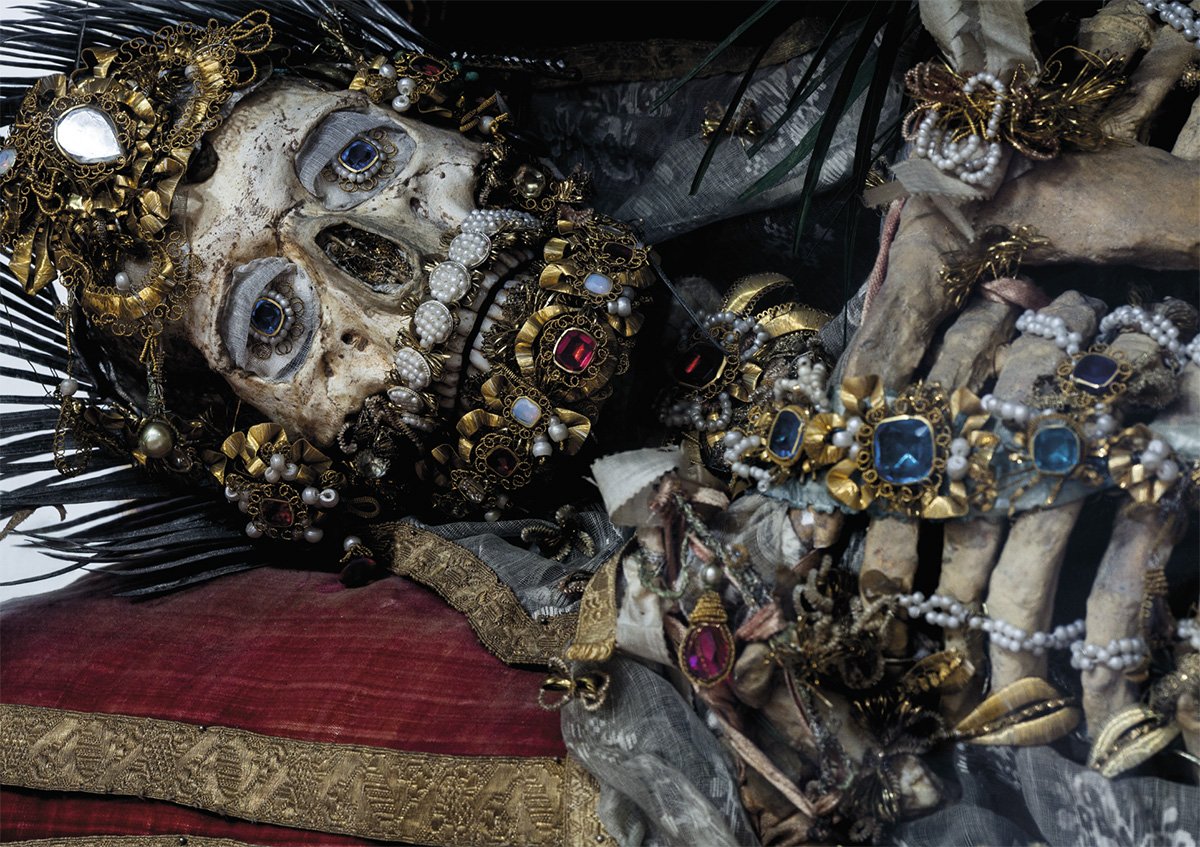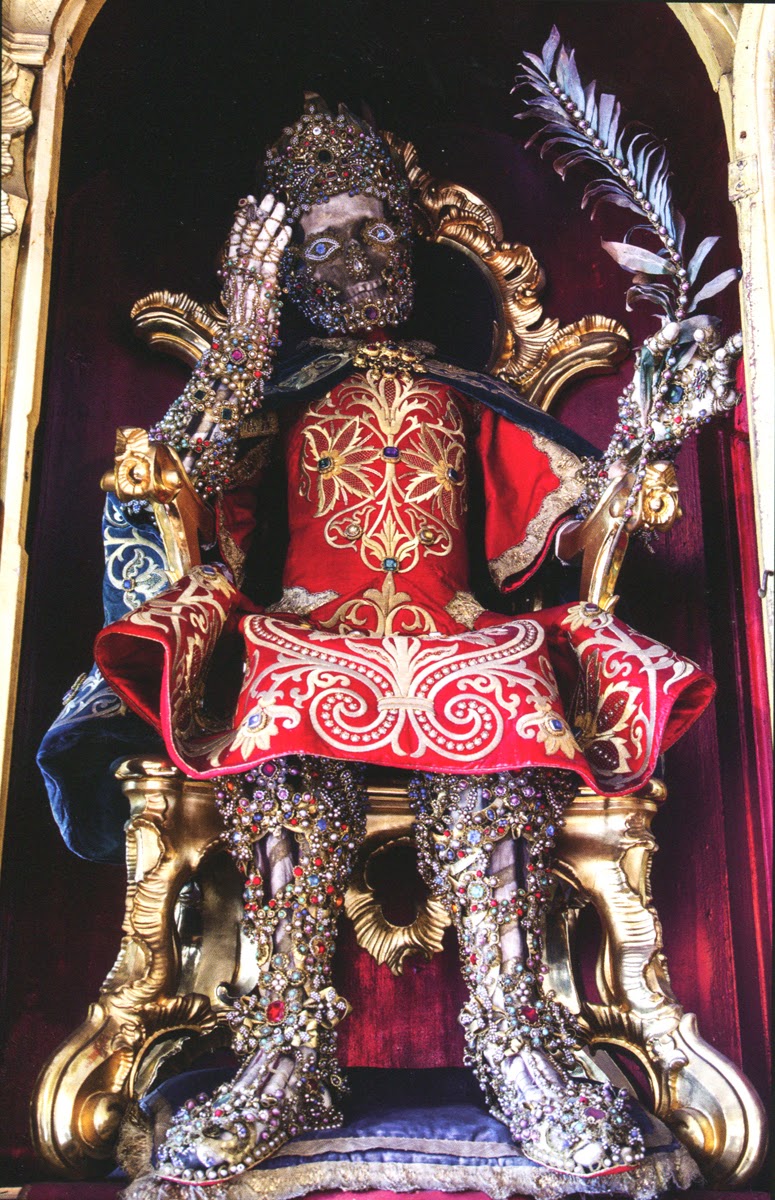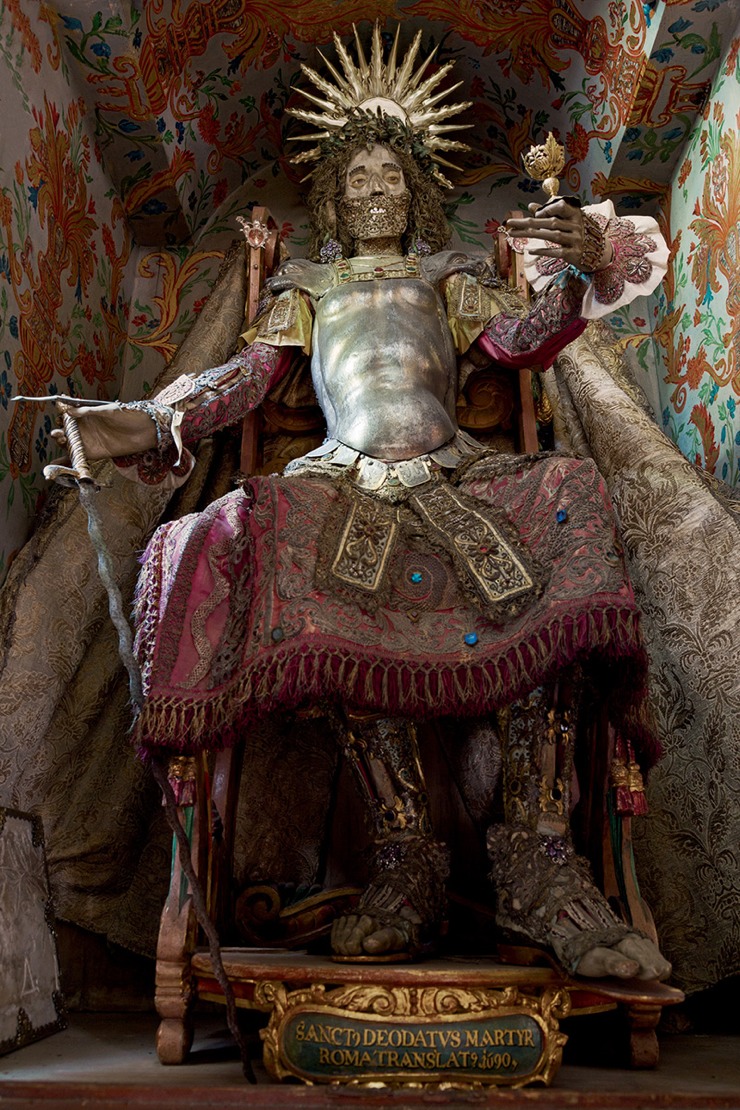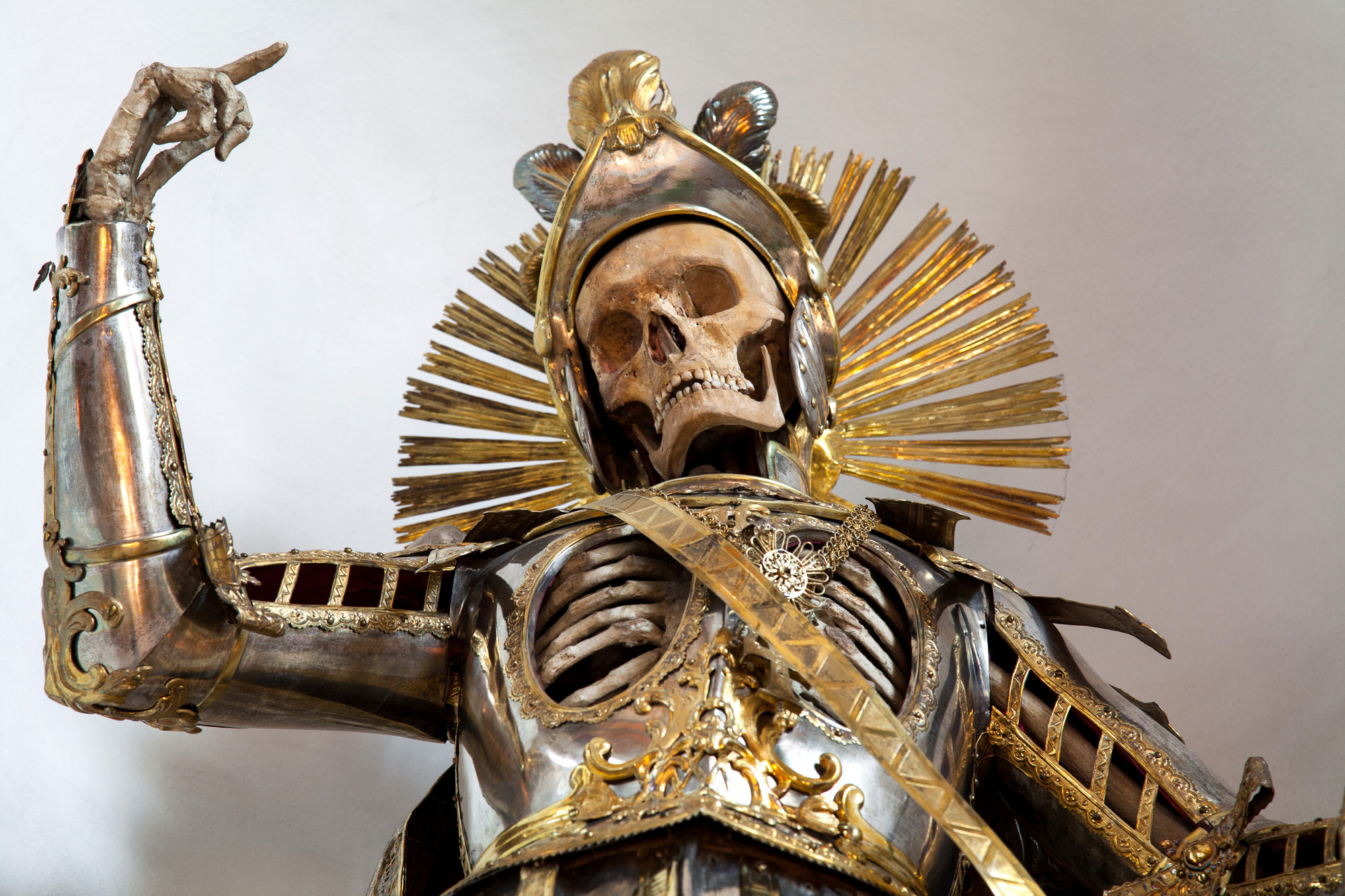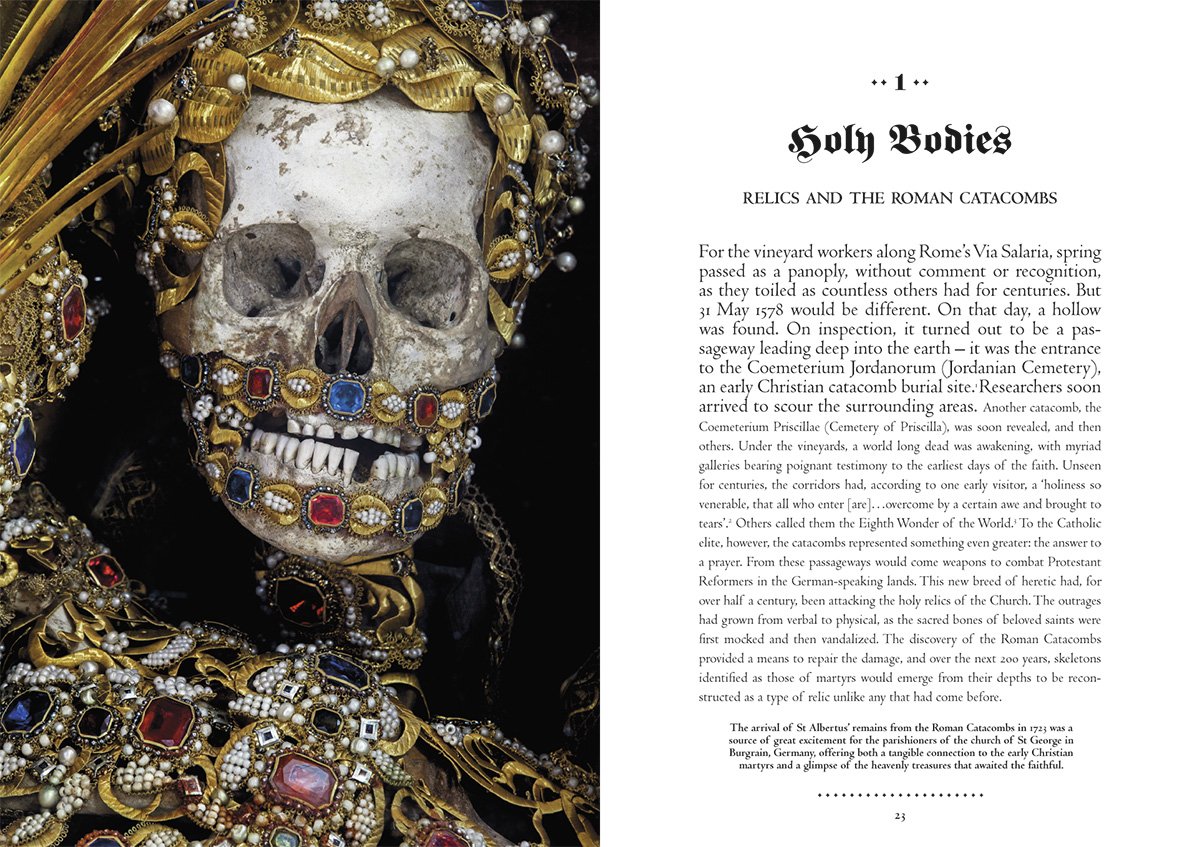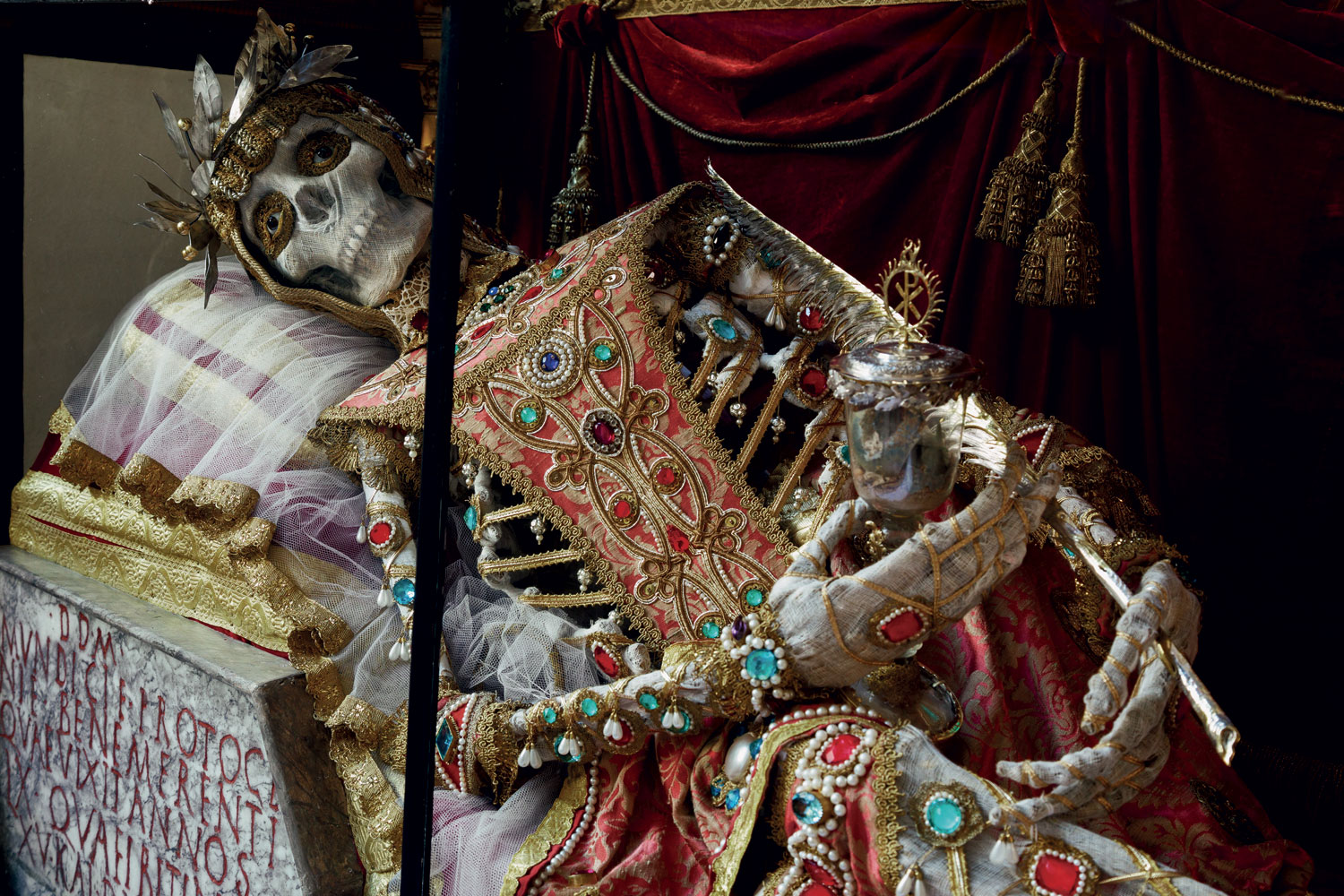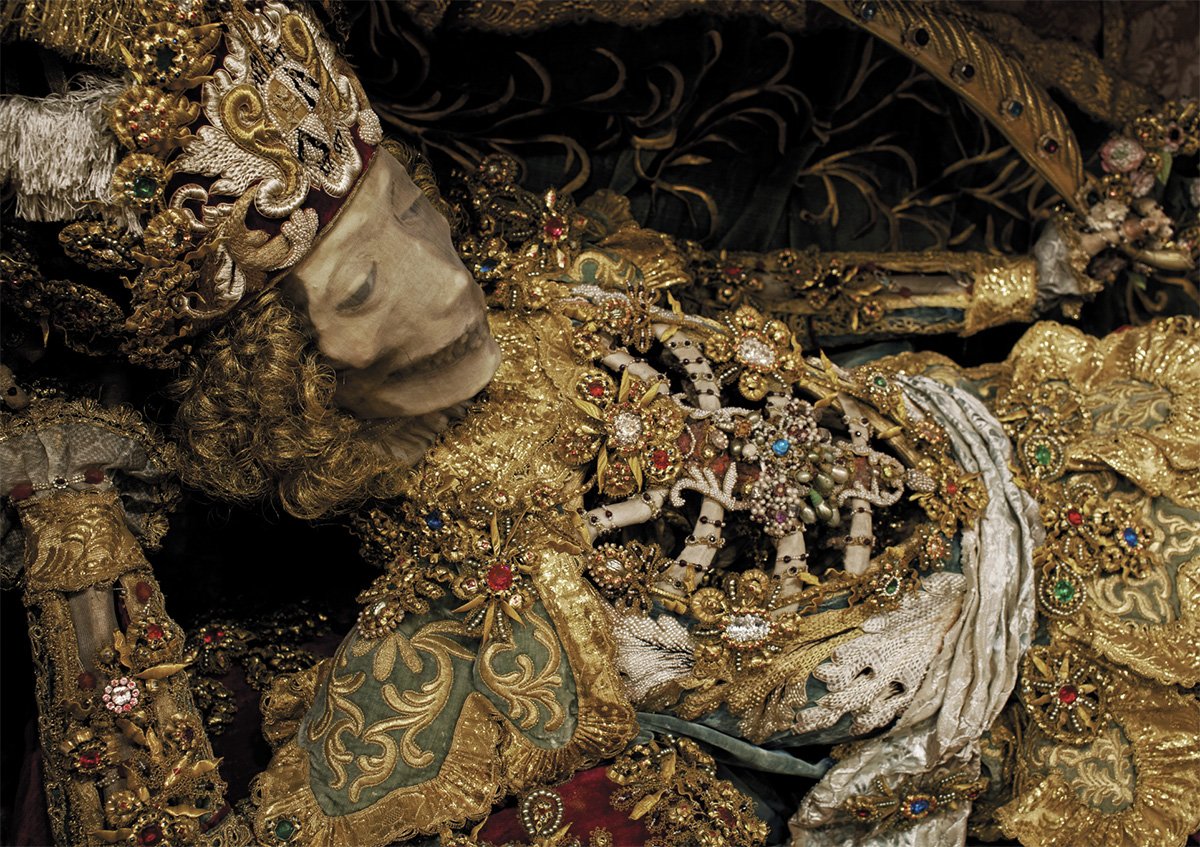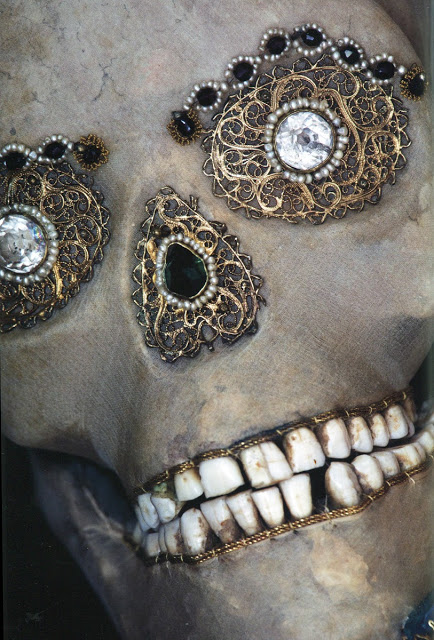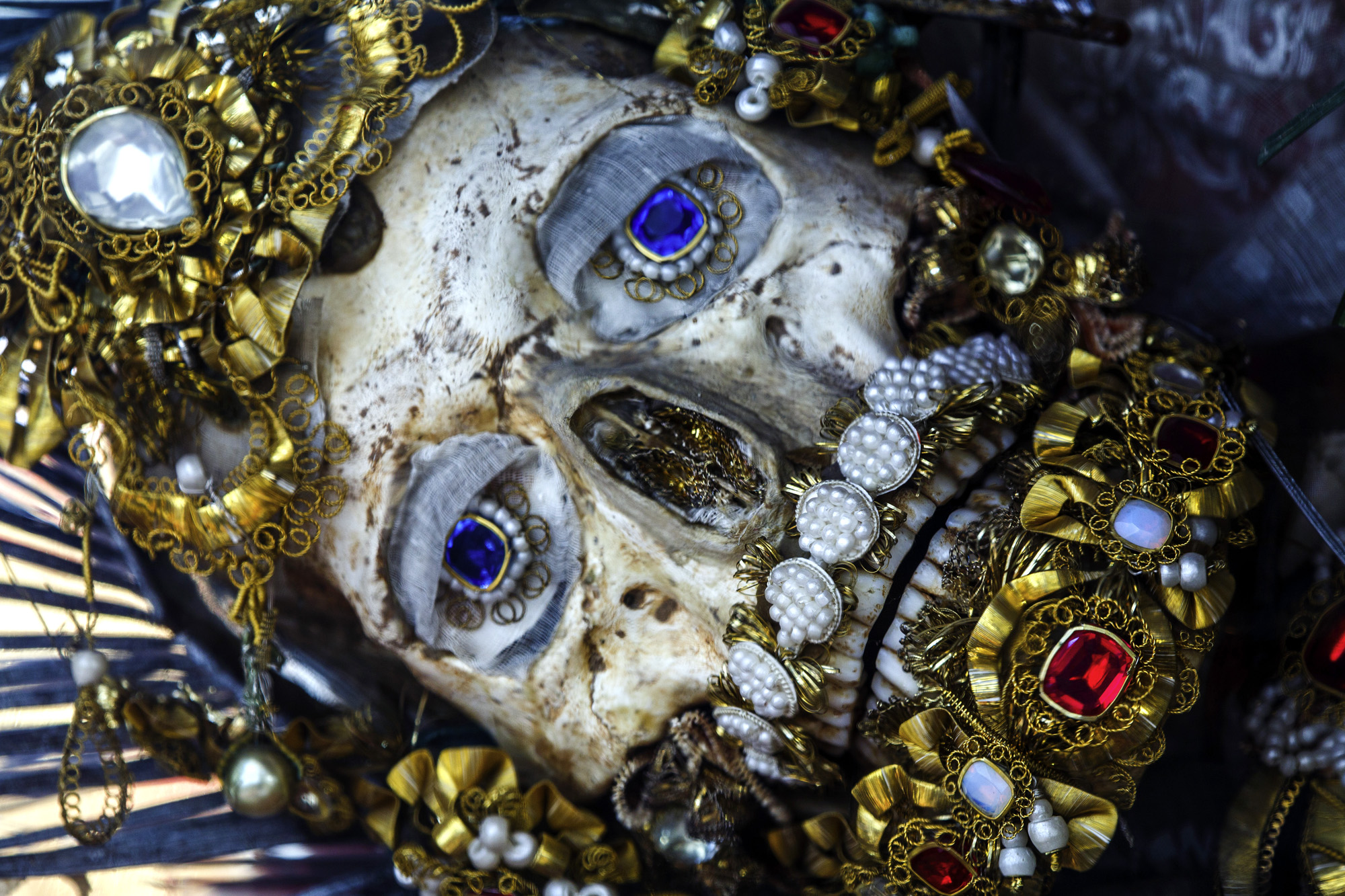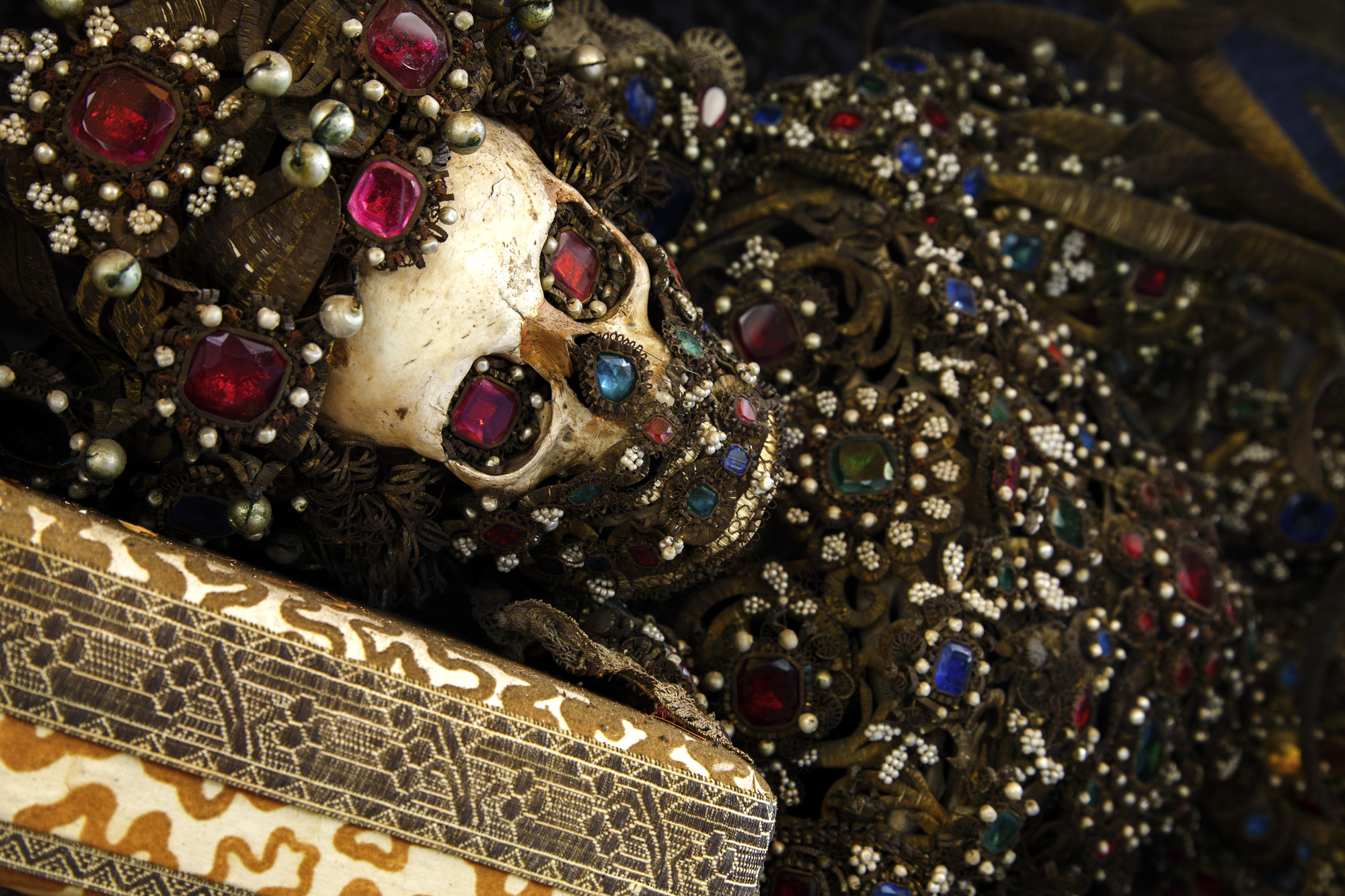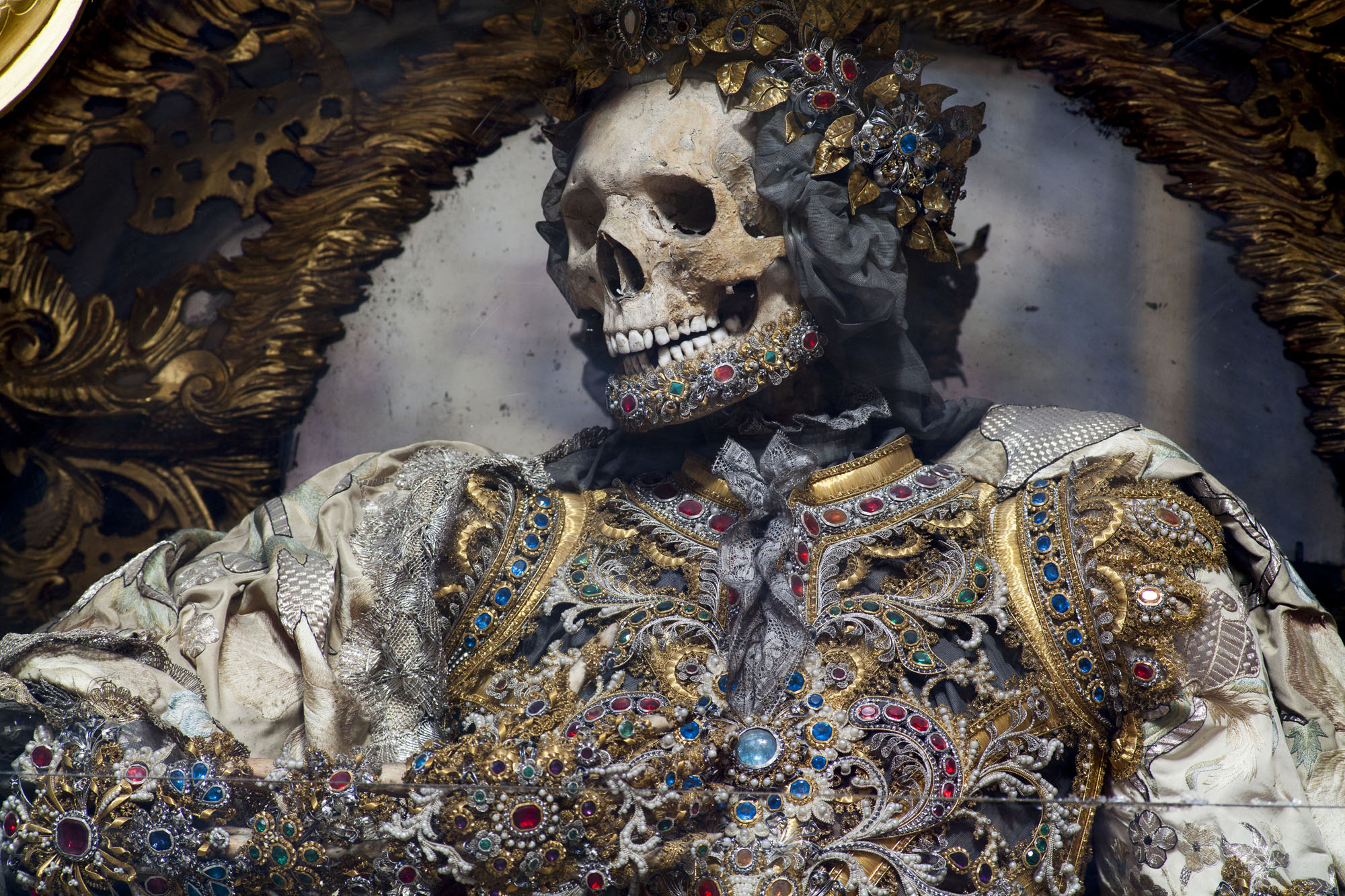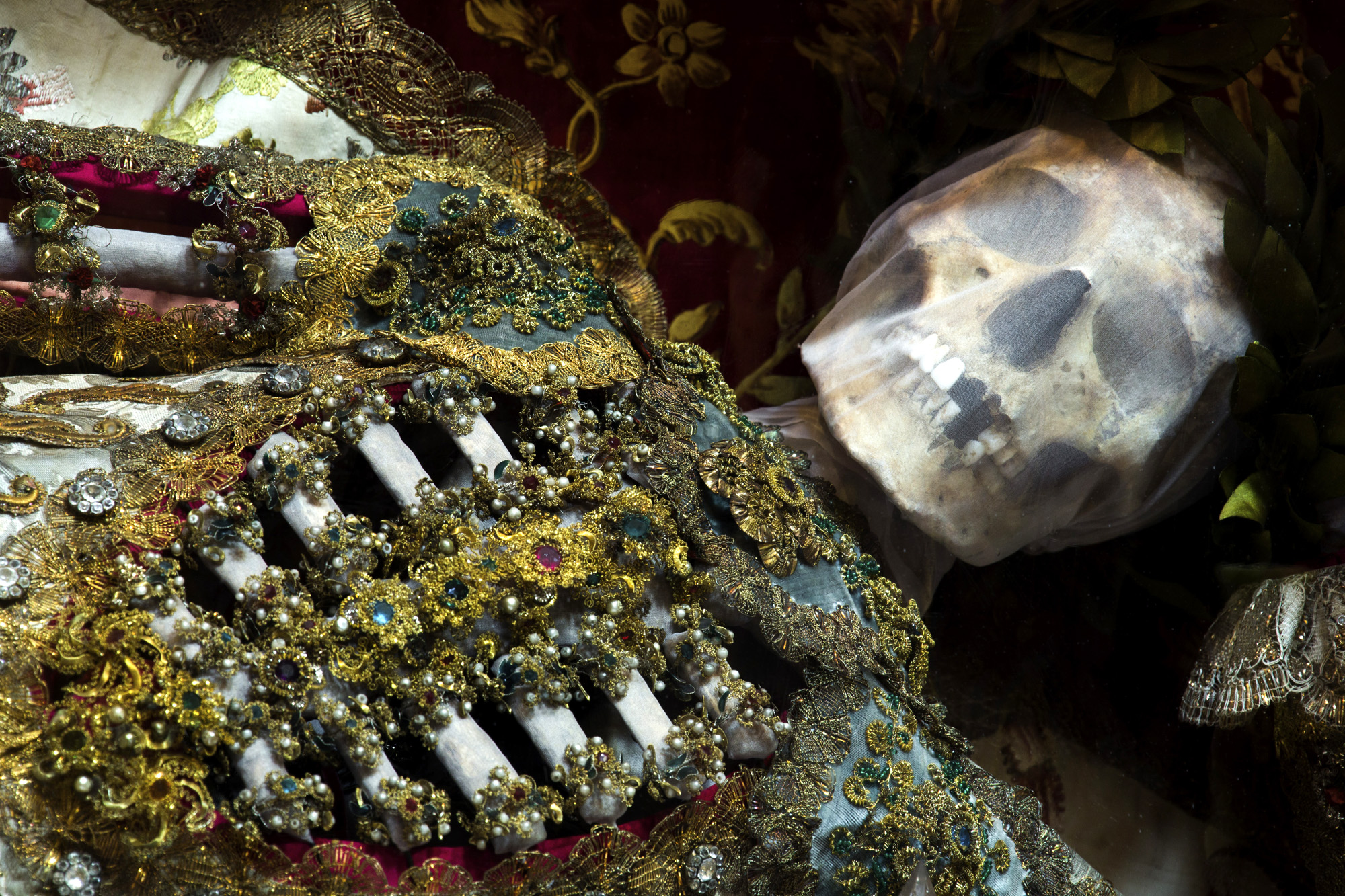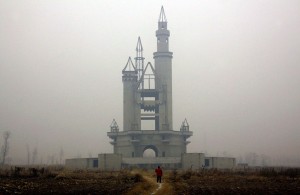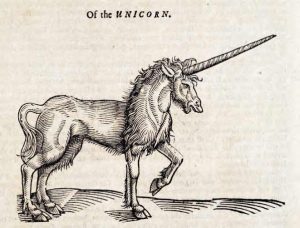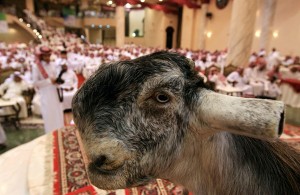Exquisite 16th Century “Catacomb Saints” – Bones & Jewels
Paul Koudounaris is an author and photographer from LA with a sly eye for the macabre and a PhD in Art History from UCLA. He has travelled extensively around Europe unearthing some of the most bizarre and ornate skeletons known to man. He has uncovered a hoard of 400-year-old jewel encrusted bodies across Germany, Austria and Switzerland.
So where did these incredible relics come from? Well, during the Protestant Reformation in the 1500’s many churches were ransacked and relics destroyed because they were deemed to be non-Christian. These magnificently adorned bodies were distributed by the Catholic church in the aftermath to restore faith and pride in Catholicism.
Incredibly, Paul Koudounaris found some of these so-called ‘Catacomb Saints’ hidden away in containers and lock-ups, having been away from prying eyes for centuries. Many of the bodies were mistaken to be early martyrs, but the important thing for the locals who received these dramatic bodies at the time was their impressive richness. They were a symbol of the Catholic church’s money and power.
But where did they get so many saintly corpses? The truth is that the church had an abundance of 1st century skeletons within the Roman catacombs; many of these bodies were actually pagans and none of them had names or stories attached to them, they were effectively random bodies. This was a trivial matter for the Catholic church, the Pope simply declared them saints, gave them names, got the nuns to jazz them up with gold and jewels and sold them on to distant northern churches.
By the late 18th and early 19th century many of these Catacomb Saints were seen as an embarrassing sign of their past. They were perceived as too ghoulish and idolatrous, so they were stripped of their honours and discarded. Koudounaris managed to track down the few that miraculously avoided being stripped of their finery.
Koudounaris’ book Heavenly Bodies: Cult Treasures and Spectacular Saints from the Catacombs is the first time the bodies have been displayed in print.
After they were found in the Roman catacombs the Vatican authorities would sign certificates identifying them as martyrs then they put the bones in boxes and sent them northwards. The skeletons would then be dressed and decorated in jewels, gold and silver, mostly by nuns.
They had to be handled by those who had taken a sacred vow to the church – these were believed to be martyrs and they couldn’t have just anyone handling them. They were symbols of the faith triumphant and were made saints in the municipalities.
One of the reasons they were so important was not for their spiritual merit, which was pretty dubious, but for their social importance.
They were thought to be miraculous and really solidified people’s bond with a town. This reaffirmed the prestige of the town itself.
Follow Koudounaris on Instagram HERE or Facebook HERE.
MORE ODDITIES:
DYER BAIZLEY – METAL ARTIST EXTRAORDINAIRE
MYSTERIOUS AFRICAN FAIRY CIRCLES

